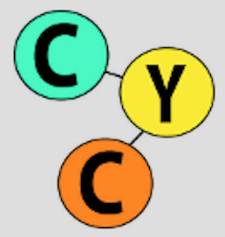Fiber In The Water In Anacortes, WA
Under the pavement of most cities run an old collection of pipes full of rushing water and some cities are adding fiber-optic cable to them for Internet service. The small city of Anacortes, Washington, is the latest community to repurpose some of their water infrastructure to also carry fiber.
The new fiber cable will help manage the water system and may serve as the backbone for citywide, Fiber-to-the-Home (FTTH) Internet access. Anacortes approved about $265,000 for an international contractor to install the fiber in existing water pipes.
Fiber in the Water
Local paper Go Anacortes reported that the community will replace an old radio system with high-speed fiber to better manage the community’s water system. The city’s utility intends to connect water treatment plants and pump stations by running most of the fiber through abandoned water lines, but in some areas the fiber must run through active water pipes.
The utility found an international company that specializes in installing fiber through microducts inside water lines. This technique has been used in multiple countries, and the state health department approved the plan. Although this portion of the project will cost $265,000, the overall fiber project is directly on budget and ahead of schedule, Public Works Director Fred Buckenmeyer recently reported at a city council meeting. Officials estimate the tost cost of the water system project at $500,000 and expect to be completed by the end of summer.
Citywide Plans
This fiber will serve as the backbone to a network that can provide Internet access in the future. The library will host the hub of the network, enabling the utility to expand throughout the community if they so choose. At the end of 2015, Anacortes began to consider building a citywide network.




